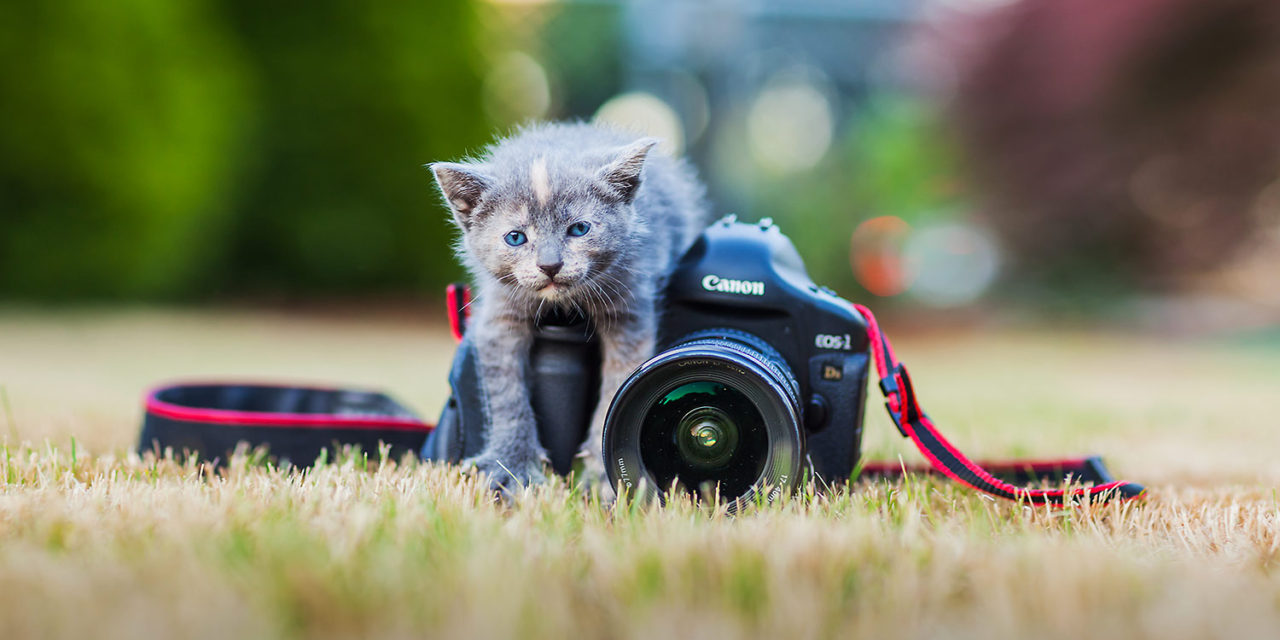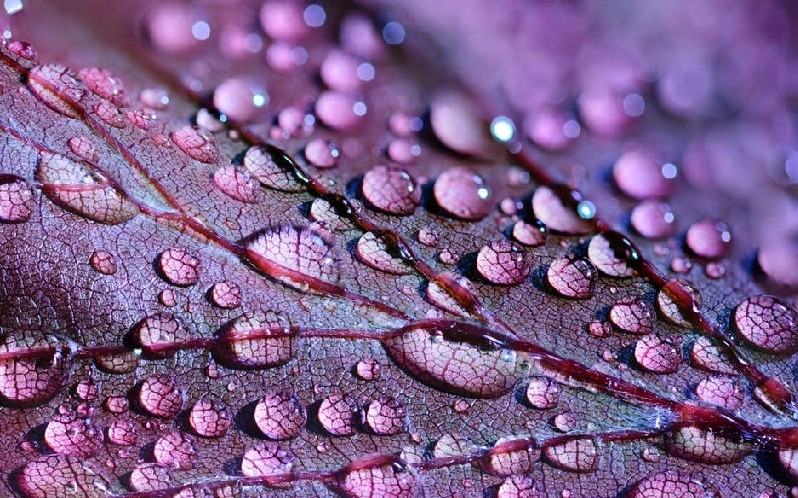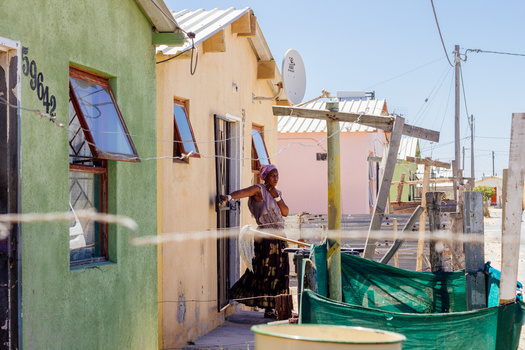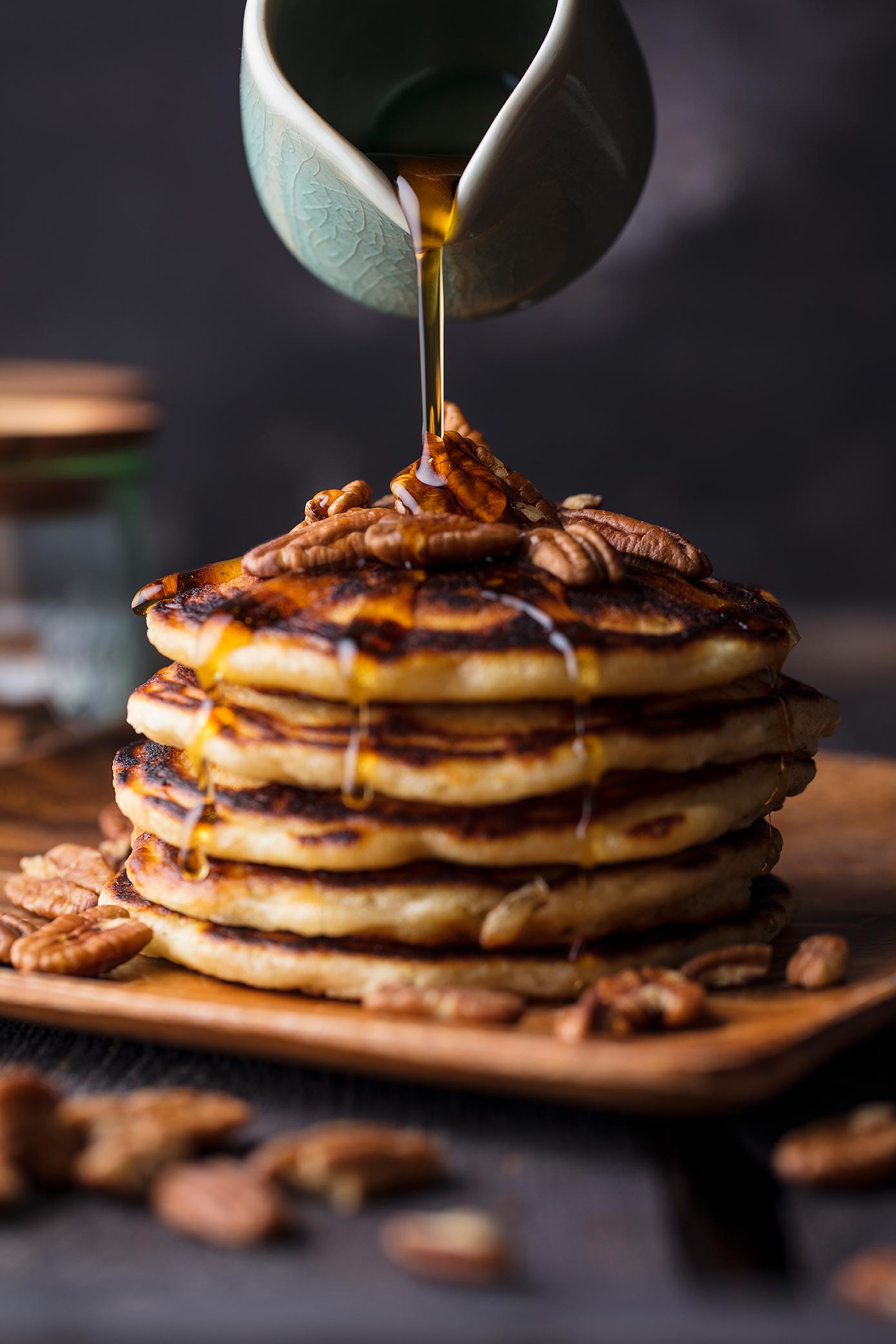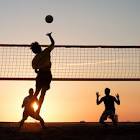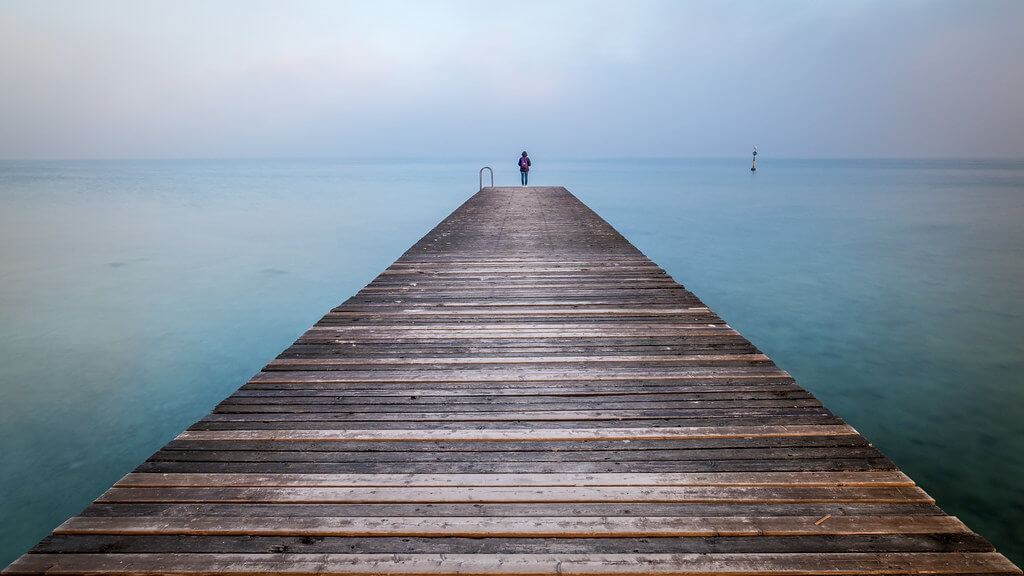I have chosen 3 photographers for my case study the first photographer i chose was Fran Lanting.
Fran Lanting
Fran Lanting is a Dutch national geographic photographer. He was born 13th July 1951 in Rotterdam, Netherlands. Hans has been hailed as one of the greatest photographer of our time. He’s had work that’s appeared in exhibitions, books, magazines around the world. Frans earned a masters degree in economics and then later moved to the United states to study environmental planning. Soon after he began photographing nature. The reason as to why I’ve chosen to study Frans is because an area of my interest is nature and also because i find his work beautiful and amazing.

Eye To Eye
This photo taken by Frans is part of his collection called Eye to Eye. In this photo we can see two adult penguins staring down at a baby penguin. This photo is one of my favourites out of his whole collection as it allows us to get in depth with the animal world more and helps us to see how they act such as being close like family. Lanting chose this collection to show his personal observations and stories of working in the animal kingdom. This photo allows us to see the true beauty of nature. The light blue in this photo helps add a calm atmosphere to the photo
Peter Lindbergh
Peter lindbergh was a German fashion photographer and film director. He was born 23rd November 1944 and unfortunately passed away on the 3rd September 2019. Peter was known for his cinematic images and is recognized as one of the most influential contemporary photographers. Before becoming a photographer Peter worked as a window dresser for a local department stored and later enrolled in the Berlin academy of fine arts in the early 60s. In 1971 he turned his attention to photography and worked with Hans Lux for 2 years before opening his own studio in 1973. His photography introduced a new form of realism by redefining the beauty standards he did this because as he described ‘this should be the responsibility of photographers today to free women, and finally everyone from the terror of youth and perfection’. Lindbergh is known for working with famous fashion brands and magazines such as Vogue, The New Yorker, Rolling Stone, Vanity Fair.

In 1990 Lindbergh was asked the shoot the woman of the decade for a January 1990 cover of UK Vogue. For the photo he photographed Cindy Crawford, Naomi Campbell, Linda Evangelista, Tatjana Patitz and Christy Turlington. He photographed them as themselves with very little make up. These types of photos were very inspirational as he allowed women to be seen in how they are with characterful faces, aged hands and bodies that may be judged as imperfect to help dhow them as normal and help redefine the beauty standards of women. He wanted to help free women from the terror of youth and having to be ‘perfect’. He wanted to show that all women are beautiful and don’t have to fit the gender stereotypes of women for them to be viewed as ‘perfection’. The fact that this photo was taken in black and white helps us too see the beauty of these women as a whole to create a directs focus of them as a subject of the photo rather than people getting distracted by different elements in the photo.
Dorothea Lange
Dorothea Lange was an American documentary photographer and photojournalist who was born 26th May 1895 and unfortunately passed away 11th October 1965. Lange is best know for her work in the Depression-era for the Farm Security Administration . Lange work greatly allowed us to see the consequences of the great depression which she helped to document. One of Langes most famous photos is the photo of Migrant Mother which is a photo that is considered to have changed the world.

The Migrant Mother photo was taken in 1936. In the photo we can see a photo of a mother and her children living in poverty. The message of this image is very powerful as it allows us to see the true effect of the great depression. It also helps to symbolise the hunger, poverty and hopelessness that many Americans faced during the great depression. This photo helps us to see how powerful the love of a mother is and what they go through to ensure there children are safe. This photo is also very powerful because it caused the government to make a change and to send 20,000 pound of food to help relieve starvation in a migrant worker camp.






